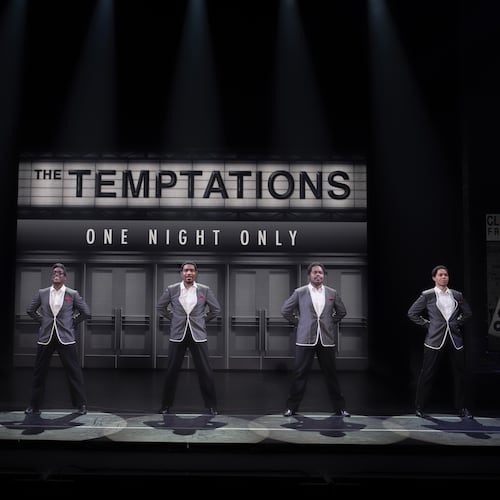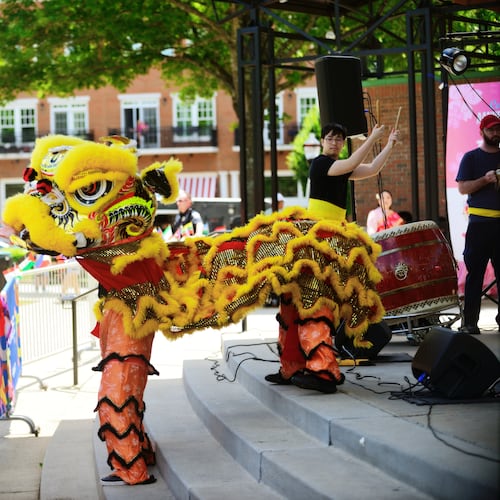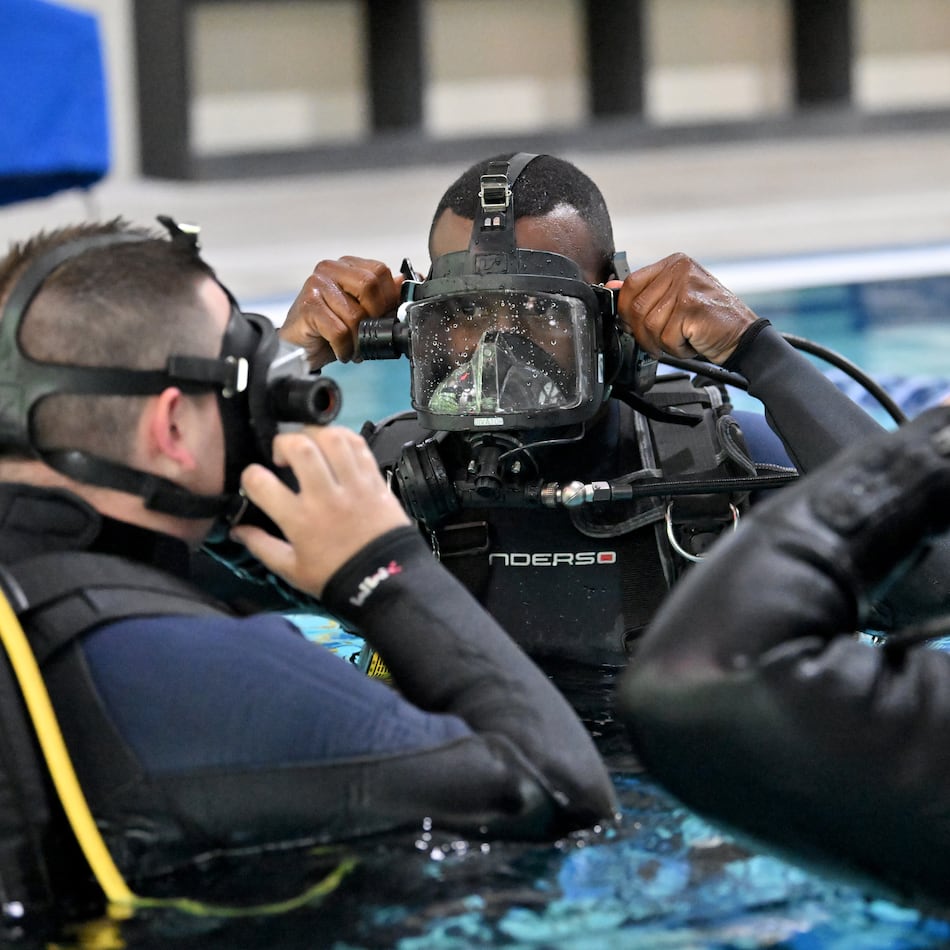Turner Classic Movies is making a tradition of exploring ethnic and cultural stereotypes.
Two years ago, the Atlanta-based cable channel examined black images in a monthlong film festival. Last year, the focus was on gays and lesbians. This time, it's Asians —- from Charlie Chan to Amy Tan's "The Joy Luck Club."
"Race and Hollywood: Asian Images in Film" begins Tuesday and includes 36 movies shown on Tuesday and Thursday nights through the month. Peter X. Feng, a Chinese-American film studies professor at the University of Delaware, visited Atlanta this spring to tape movie intros and commentary with TCM host Robert Osborne. Feng discussed the series with the Journal-Constitution:
Q: Were there Asian characters in the movies when you were growing up that made you cringe?
A: Virtually all of them. But there weren't that many characters. The classic one from my generation was Long Duk Dong [a foreign-exchange student in the 1984 Brat Pack movie "Sixteen Candles"]. He was so bizarre. It seems acceptable for contemporary film to caricature Asians in a way that would be unacceptable with other minority groups.
Q: What were the caricatures like in the beginning of film?
A: In the early decades, they drew on vaudeville traditions: things like the Chinese laundry, a comic vaudeville scene with people running in one door and out the other. Then, as Japan started to rise as a world power, we see examples of anxieties about the Japanese not knowing their place anymore.
In the 1920s, the U.S. government began to limit Asian immigration. We see a decline in the depiction of Asian men, but we see a rise in women. They're usually portrayed as passive and submissive, as exotic and interesting, but ultimately as being too foreign.
Q: I guess the principal Asian stereotype is the inscrutable Oriental.
A: My girlfriend is always telling me my emotions are written all over my face. I can't play poker at all.
Q: So you're scrutable?
A: [Laughs.] I think every culture looks inscrutable to others. Americans look inscrutable to outsiders. But in film, it's become attached to Asian characters. I think it's because of an anxiety that there's something hidden going on: What are they after?
Q: How did World War II change Asian images in film?
A: There were fewer shades of gray. The Chinese became unequivocally good and the Japanese became unequivocally evil. Compare it with the way Germans were represented. There was a sense that while we were in conflict with Germany, we shared a certain background and heritage. It was portrayed as a political conflict. The war with Japan was depicted as a conflict between two ways of life.
Q: Why didn't you include Vietnam movies in the series?
A: A lot of films have been set in Vietnam, but very few have been interested in the Vietnamese people. It's usually a backdrop for what Americans experienced.
Q: Hollywood used to cast white actors as Asians all the time. Didn't John Wayne play Genghis Khan?
A: He did. In the series, we have Katharine Hepburn in "Dragon Seed" and Marlon Brando in "The Teahouse of the August Moon." There were some white actors who specialized in playing Asians. Warner Oland played Charlie Chan and Fu Manchu.
Q: What do you think of Charlie Chan, the detective of the 1930s serials?
A: He's the hero, which is good. But I always focused on No. 1 son and No. 2 son. I thought it was strange that the guy playing Charlie Chan was clearly white, but the actors playing his sons were Asians.
ON TV
"Race and Hollywood: Asian Images in Film"
Tuesdays and Thursdays, 8 p.m. June 3-26. Turner Classic Movies.
About the Author
Keep Reading
The Latest
Featured


